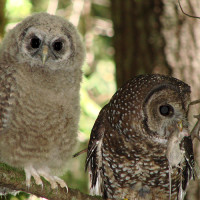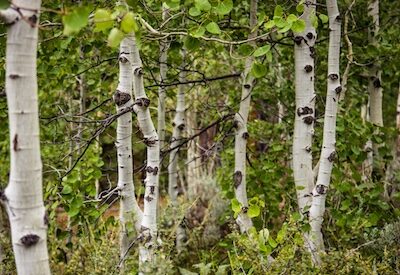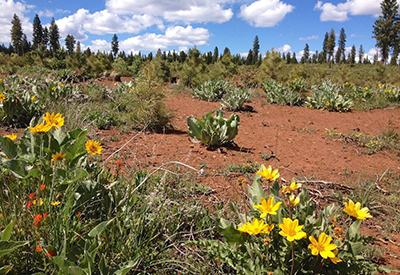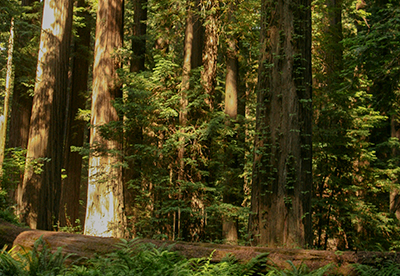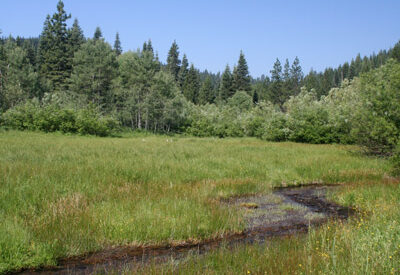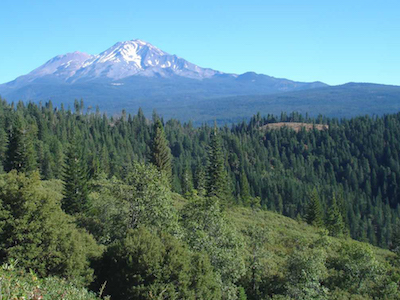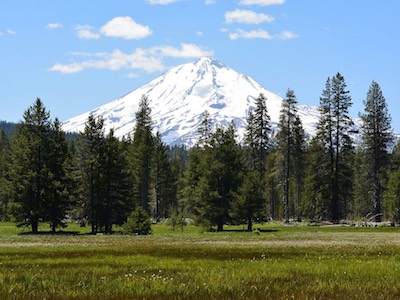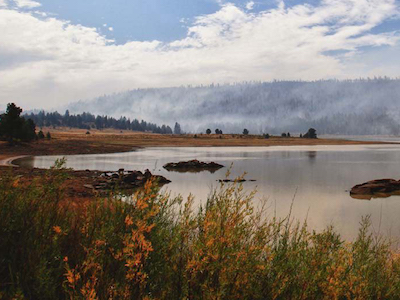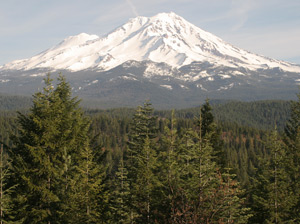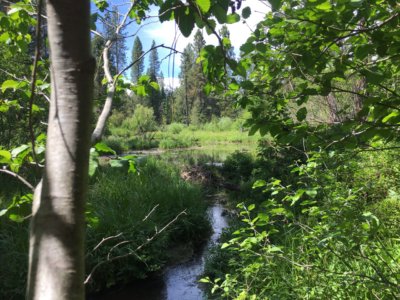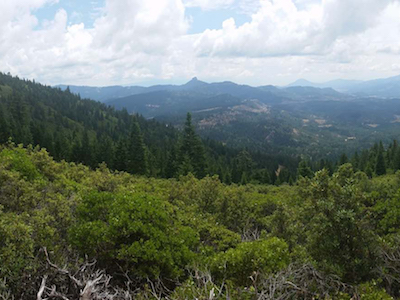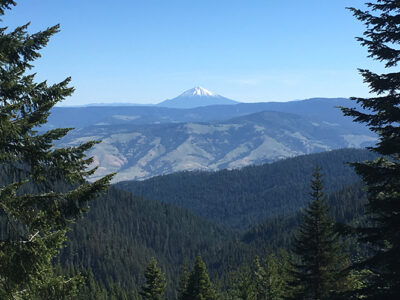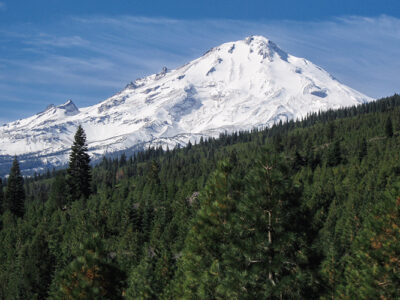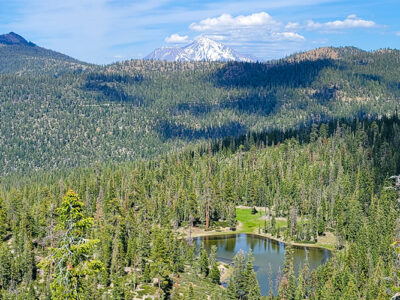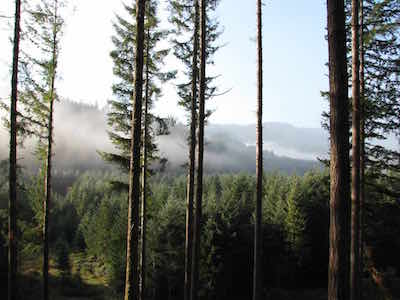Shasta Timberlands
Working Forest Conservation Project
Straddling the crest that divides the Sacramento and Klamath River basins, the Shasta Timberlands Working Forest conservation project will protect the headwaters of these mighty rivers. Pacific Forest Trust, landowner TC&I Shasta, LLC, and forest manager Campbell Global, LLC, are working in partnership to permanently protect this 7,490-acre property’s rare and diverse habitats, securing lasting connections for wildlife and people with the neighboring Shasta and Klamath National Forests.
Shasta Timberlands encompasses the high forested ridges along the northeastern flank of Mount Shasta and the meadows and springs that feed clean, cold water into northern California’s essential watersheds. Protecting this keystone property using a Working Forest Conservation Easement is a rare opportunity to create a vast, integrated expanse that will be actively managed for climate resiliency, critical wildlife habitats, increased carbon stores, reduced risks of wildfire, and water security for fish, farms, and people—all while supporting the resource-based economy of an disadvantaged county.
Abundant springs emerge amid rocky spires and cinder cones, fed by deep winter snows. Large, rare alpine wet meadows spread below talus slopes and form the headwaters of many creeks and lush riparian habitats below. The property includes much of Ash Creek Butte, an 8,360’ shield volcano fringed by alpine fell-fields, subalpine conifers, and rare montane chaparral communities. Thousands of acres of diverse, well-managed conifer forests carpet the slopes, dominated by Shasta red fir and white fir and interspersed with mountain hemlock, lodgepole pine, sugar pine, incense cedar, and ponderosa pine. Fully one-third of the property will be managed exclusively for rare, biodiverse habitats.
The conservation easement will maintain this spectacular property—10 times the size of Golden Gate Park—in private ownership, its management guided by the easement, protecting these resources on behalf of the public at a fraction of the cost of public ownership, while ensuring continued private investment in the property’s long-term stewardship. This is an exemplary partnership that promises integrated solutions to sustaining forests that are more resilient to wildfire, drought, and pests in a hotter California.
“We are proud to be partnering with PFT and the state of California to permanently protect 7500-acres of biodiverse forests on Mount Shasta at the headwaters of the Sacramento River basin. This working forest conservation easement will have lasting public benefits for wildlife, water flows for people and fish, and climate change mitigation—all while maintaining jobs in the woods and enhancing recreational opportunities.”
– John Gilleland,
CEO, Campbell Global
Connecting a Larger Forest Landscape
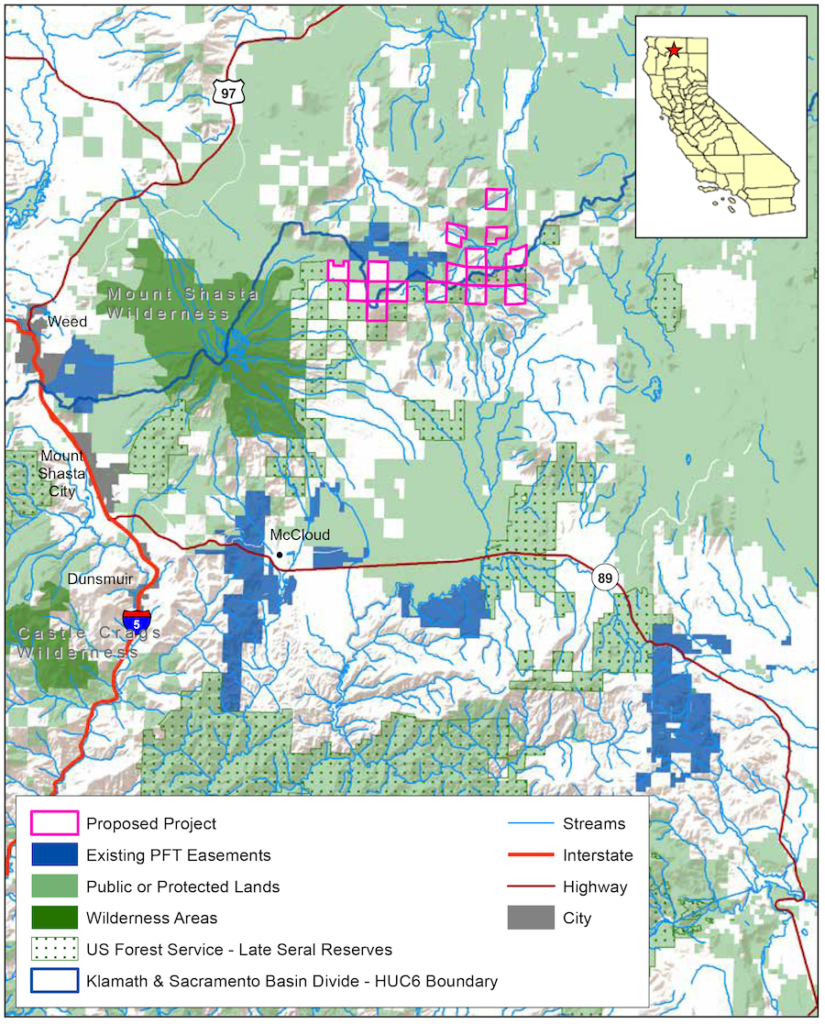
Located in the heart of PFT’s Mount Shasta Headwaters conservation focal area, Shasta Timberlands knits together the checkerboard ownerships of the adjacent Shasta-Trinity and Klamath National Forests with 42,000 acres of other forests permanently conserved by PFT, including the neighboring Butte Creek Working Forest Conservation Easement. This vast conserved landscape of public and private forests is particularly valuable for wildlife adaptation to climate change because of the abundant water, opportunities for upslope migration, and varied safe havens in an area that is showing slower rates of climate change than other parts of the state.




